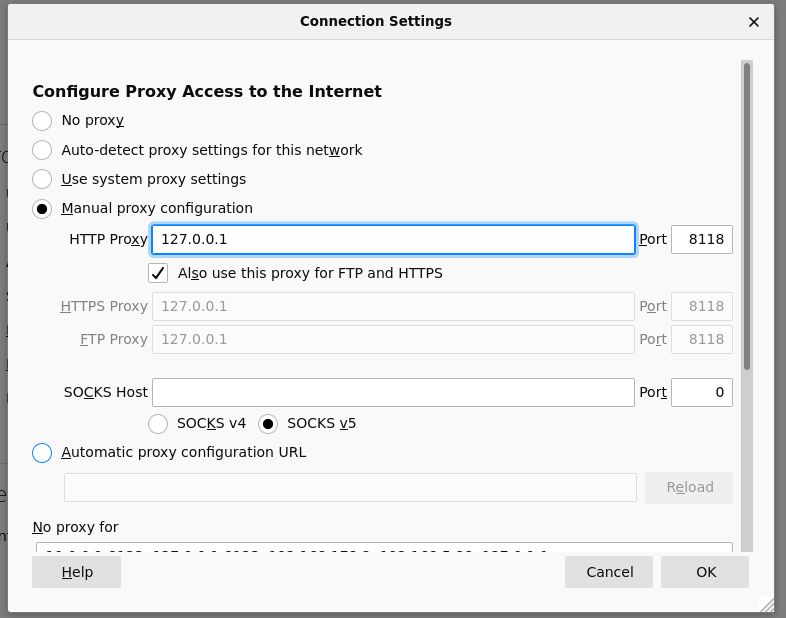

Note that both addresses of a dual-stack system may be easily Other addresses using -externalip, or explicitly enable -discover. If you want to run a dual stack, reachableįrom both Tor and IPv4 (or IPv6), you'll need to either pass your discover When -externalip is specified, no attempt is made to discover local listen You'll need to enable listening for incoming connections, as this One that will be rumoured to a particular peer is the mostĬompatible one and also using heuristics, e.g. You can set multiple local addresses with -externalip. Preference for your node to advertise itself with. Tor proxy typically runs), onion addresses are given For connectionsĬoming from unroutable addresses (such as 127.0.0.1, where the Given the aboveĬonfiguration, you can find your onion address in This option, and this can be an onion address. externalip=X You can tell bitcoin about its publicly reachable addresses using The directory can be different of course, but virtual port numbers should be equal to your bitcoind's P2P listen port (8333 by default), and target addresses and ports should be equal to binding address and port for inbound Tor connections (127.0.0.1:8334 by default).

HiddenServiceDir /var/lib/tor/bitcoin-service/ Add these lines to your /etc/tor/torrc (or equivalent config file): Needed for Tor version 0.2.7.0 and older versions of Tor only. If you configure your Tor system accordingly, it is possible to make your node also reachable from the Tor network. Manually create a Bitcoin Core onion service In a typical situation, this suffices to run behind a Tor proxy. Specified multiple times to allow multiple network types, e.g. IncomingĬonnections are not affected by this option. onlynet=onion Make outgoing connections only to. In Tor mode, such addresses can also be exchanged with addnode=X of IP addresses or hostnames in these parameters. connect=X When behind a Tor proxy, you can specify. To run an onion service (see next section), you'll need to enable listen When using -proxy, listening is disabled by default. To explicitly disable access to onion services. Need to set this if it's the same as -proxy. onion=ip:port Set the proxy server to use for Tor onion services. If SOCKS5 is selected (default), this proxy This will already anonymize all outgoing connections, but more is possible. The first step is running Bitcoin Core behind a Tor proxy. You may set the -debug=tor config logging option to have additional information in the debug log about your Tor configuration.

There are several ways to see your local onion address in Bitcoin Core:
#TOR PROXY PORT HOW TO#
How to see information about your Tor configuration via Bitcoin Core See Tor Project FAQ:TBBSocksPort for how to properly configure Tor.

In particular, the Tor Browser Bundle defaults to listening on port 9150. Many distributions default to having a SOCKS proxy listening on port 9050, but others may not. The following directions assume you have a Tor proxy running on port 9050. It is possible to run Bitcoin Core as a Tor onion service, and connect to such services.


 0 kommentar(er)
0 kommentar(er)
